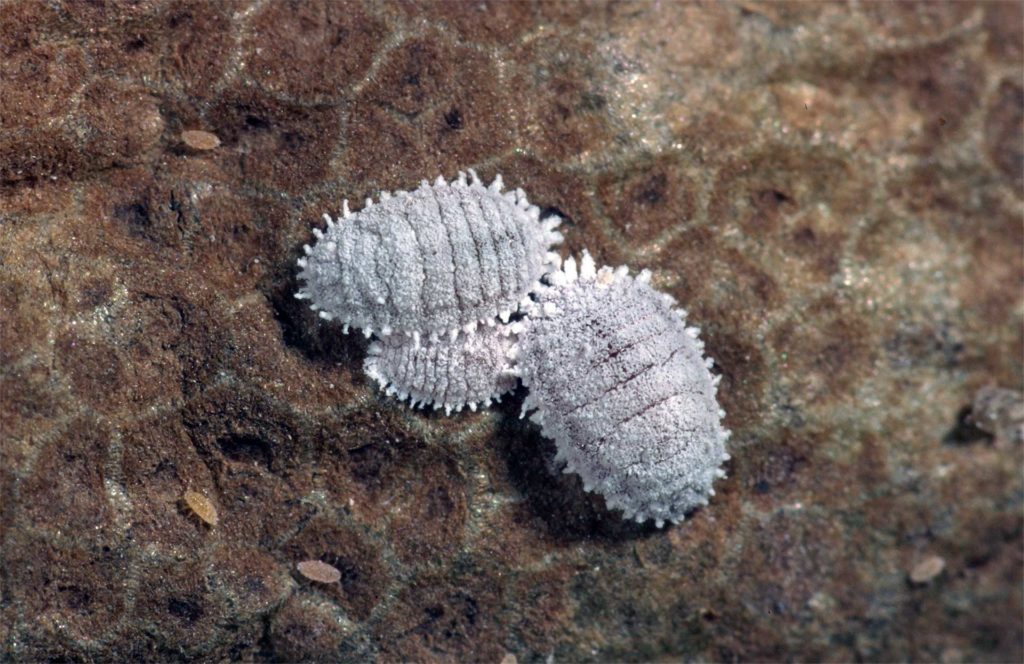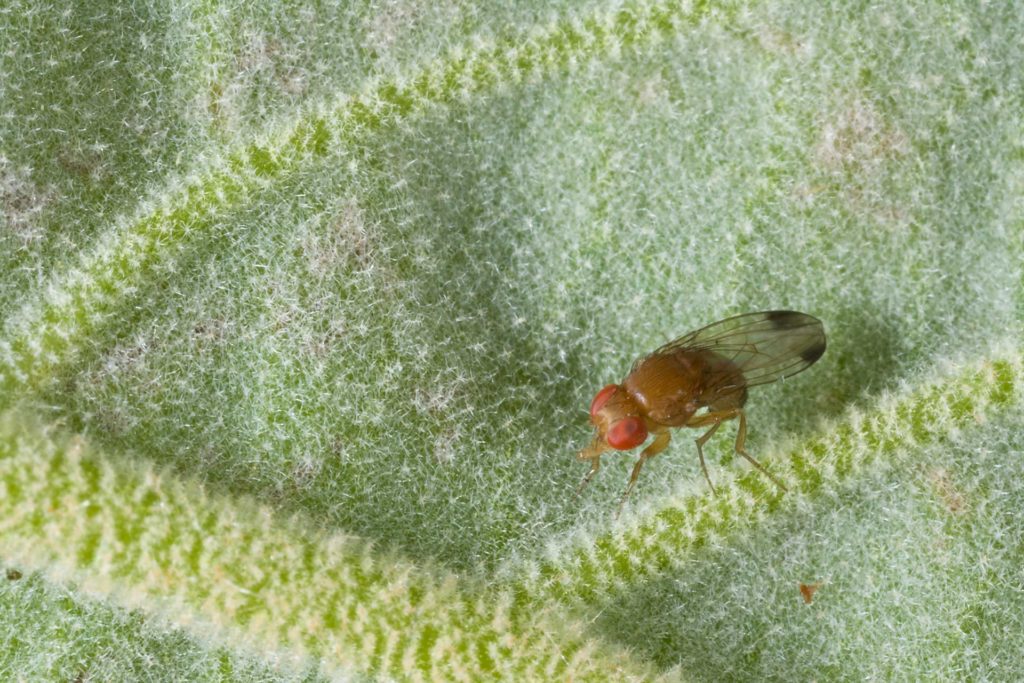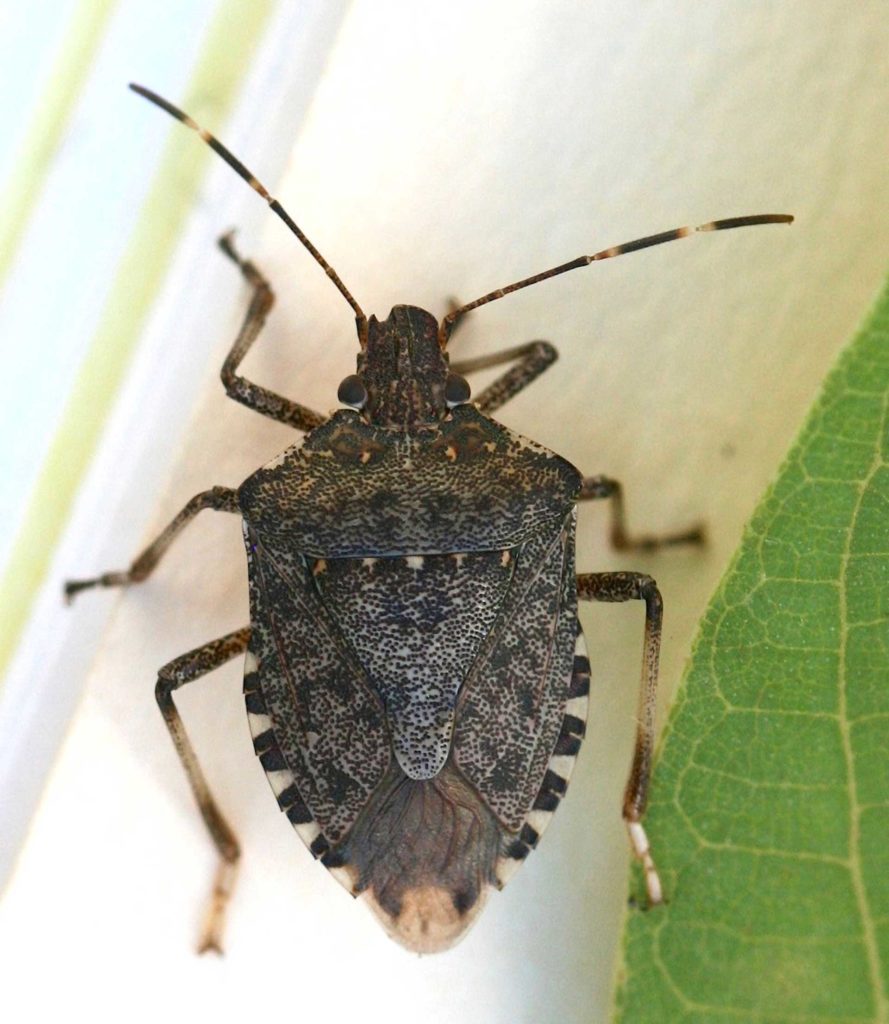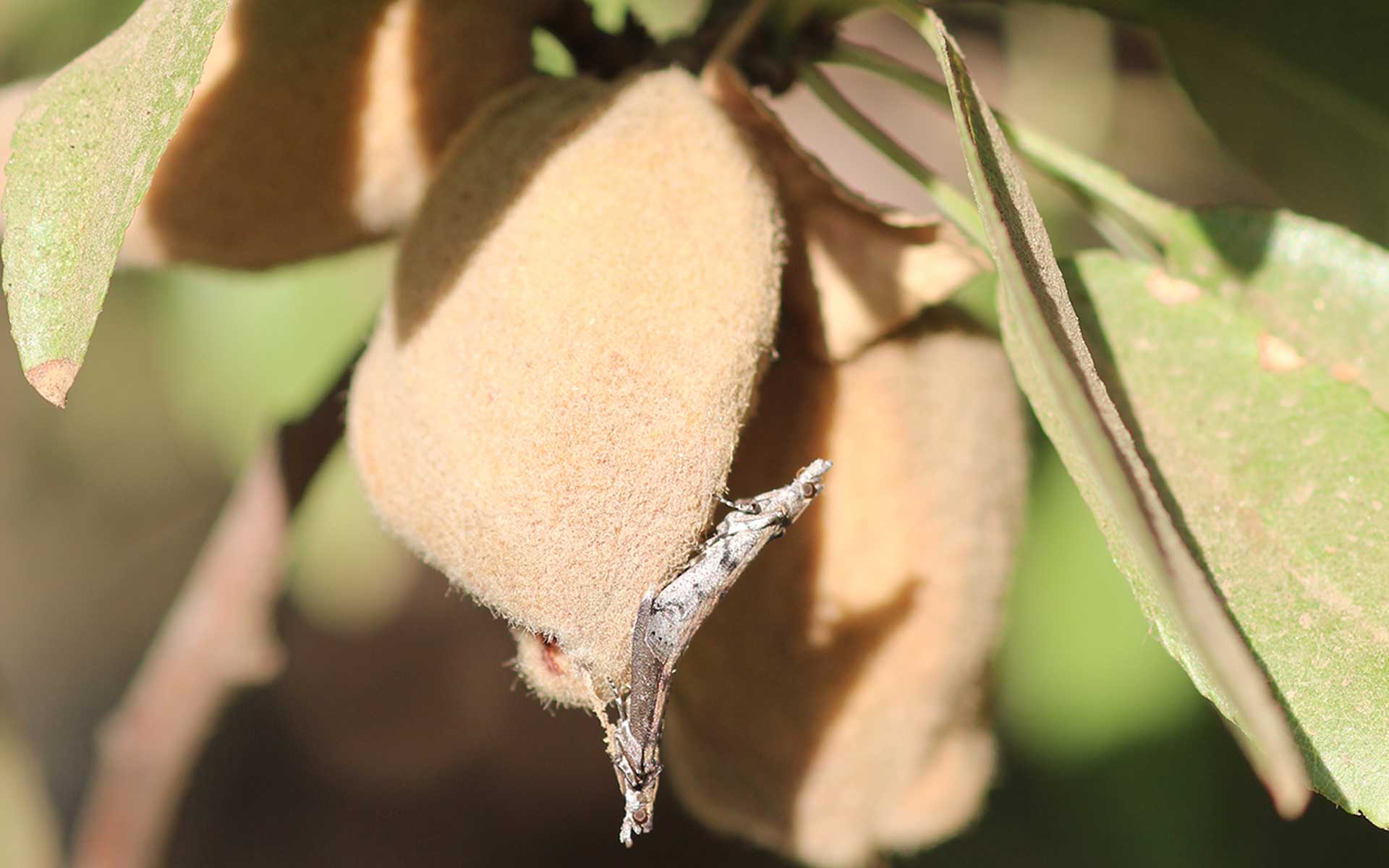Panelists at the first annual Crop Consultant Conference addressed insect pests that are the most economically damaging in specialty crops including tree nut crops. Control of these insect pests, said Kern County University of California Cooperative Extension (UCCE) farm advisor David Haviland, requires a game plan.
Navel Orangeworm
The number one insect pest in nut crops, navel orangeworm (NOW), is vulnerable over winter surviving inside mummy nuts left behind after harvest. Winter sanitation of orchards, by shaking mummies, blowing them to the row middles and shredding them is considered the most important strategy in NOW control. The integrated pest management (IPM) plan for control from spring through harvest, Haviland said, is to confuse winter survivors with mating disruption, protect the crop from damage with insecticide sprays in June and try for early harvest to minimize crop damage. A second shake of pollinator varieties should be done by early September to prevent a fourth flight of NOW and reduce overwintering numbers.
Haviland said a case study showed that reducing mummy nuts to an average of two per tree paves the way for greater efficacy of mating disruption and insecticide sprays. Those two efforts can reduce crop damage by about 50 percent. Sanitation reduces the odds that survivors will mate and find suitable places to lay eggs.
“The farther separated they start, the easier to keep them apart,” Haviland said.
The case study showed that when Nonpareils are harvested by early August, worms are removed from the orchard and the third flight of this insect is negligible, providing protection of later harvested pollinator varieties. When Nonpareils are harvested later in August, the worms become the third flight of adults, re-infesting the Nonpareils and infesting the pollinator varieties.
Results of a University of California (UC) West Side Research and Education Center IPM study showed that one timed application of an insecticide reduced NOW damage by 50 percent where mating disruption was used. Data also showed consistent reduction in moths captured and crop damage where mating disruption was used.
Reduction in the number of insecticide applications is important because of resistance issues. The two most widely used insecticide products are Intrepid and Alticor, and Haviland noted that there are no new chemistries for control being developed. Pyrethroid use is no better with resistance and also can lead to mite flare-ups.
On the economic side, Haviland said that with no NOW prevention in almonds, the cost of inaction can be high. A damage calculator case study showed that at 2,500 pounds per acre, a 1.5 percent huller reject level with a base price of $2.54, loss can be $248 per acre. At the three percent huller reject level, the loss can be $681 per acre.

Control of vine mealybug (VMB), a major pest in vineyards, will become difficult with the loss of key insecticide chemistries. Haviland said that Lorsban (chlorpyrifos), an effective tool in controlling vine mealybug is on the regulatory chopping block. Loss of that insecticide leaves other products with their own challenges. There are Maximum Residue Limit (MRL) concerns in the European Union (EU) with Applaud, another effective chemistry and the neonicitinoids are also under fire by regulators. The ten year forecast without Lorsban, Haviland said, is scary.
Depending on the region, vine mealybug can be present in a vineyard year–round. With warmer temperatures in the spring, populations increase and they become more visible as they move from the roots or trunk to the cordons and canopy. Ants may transport vine mealybug from the roots to above ground plant parts where they continue to tend vine mealybugs throughout the remainder of the growing season.
Haviland said CheckMate, a dispenser-based mating disruption (MD) product is registered for use for ten plus years. The dispensers are placed at a rate of 250 per acre and last throughout the growing season at a cost of about $115 per acre. A microencapsulated version of the product, VMB-F is a liquid formulation of the pheromone at a lower cost of $20 per acre but it is not approved for organic production.
Both formulations reduce mating success by VMB. In Kern County field trials last year, CheckMate VMB-F held vine mealybug male trapping levels at a lower rate than other MD products.
Haviland said one application disrupts VMB mating for about 30 days and efficacy is expected to increase with multiple years of use.

Spotted Wing Drosophila
Spotted Wing Drosophila (SWD) is an invasive fruit fly species that was first found in California in 2008 and infests ripening cherries and berry crops. Kent Daane, UCCE Specialist at UC Berkeley advised growers to first control with a broad-spectrum products, then determine efficacy of other control tools.
Daane said there are pupal and larval parasitoids that will suppress SWD numbers coming into orchards, but they are not found inside orchards. Since spotted wing drosophila is native to Asia, Daane said researchers have traveled to its historical range to search for parasitoids with the potential for controlling SWD.
Explorations in SWD native habitat found a number of larval-pupal parasitoids associated with SWD. In China and Japan parasitism levels were high and a Japanese strain was found to be specific in attacking SWD larvae in fresh fruits.
Daane said three larval-pupal parasitoids from Asia were chosen for study. G. brasiliensis, L. j. japonica, and A. japonica, were and imported into quarantine labs for evaluation as classical biological control agents.
Daane said that when multiple parasitoid species co-exist they likely work synergistically to suppress spotted wing drosophila. Ideal parasitoids are host-specific, so their introduction will not impact other non-target species that could be important to an ecosystem. When these parasitoids were screened with other Drosophila species, A. japonica was considered a generalist, and L. j. japonica and certain strains of G. brasiliensis were specialized for SWD.

Brown Marmorated Stink Bug
Brown marmorated stink bug (BMSB) is one of the newest invasive inspect species to threaten California specialty crops. Jhalendra Rijal, UCCE IPM advisor for northern San Joaquin Valley, said this large bug pest is a voracious eater and has infested agricultural crops in San Joaquin, Stanislaus and Merced counties since 2016. The first reported BMSB damage to almond crops was in 2017. Signs of BMSB feeding on almonds include external gumming, brownish speckles or yellow coloration of the hull. Black spots on kernels are another sign of BMSB feeding. BMSB has a wide range of hosts and feeds on fruit and vegetable crops as they mature in the summer and spring.
BMSB is identified by light and dark bands on legs and antennae and along margins of the abdomen. Adults overwinter in sheltered areas of buildings, woodpiles and in old dead trees. Infestations of BMSB are more likely if there are overwintering sites or preferred host plants nearby. Rijal said field trials in almond orchards known to be infested with BMSB showed significant nut drop in Nonpareil from end of March to mid April.
Rijal recommends monitoring for BMSB if infestations are known. A minimum of three sticky traps with a BMSB lure should be placed on border rows beginning in March. Sticky panels should be changed as needed and lure replaced every 12 weeks. Visual sampling in the orchards is as equally important as traps, Rijal said.
Possibility of BMSB control in agriculture crops comes with the introduction of a parasitoid Trissolcus japonicus or Samurai wasp. This parasitoid is also native to the area of Asia where BMSB originated and parasitizes a significant number of BMSB eggs. Since its introduction in U.S., Samurai wasps have been recovered in the field, most notably this year in southern California.
There is also a website dedicated to information about life cycle, management and biological control of BMSB: STOPBMSB.org.

Cecilia Parsons
Cecilia Parsons has lived in the Central Valley community of Ducor since 1976, covering agriculture for numerous agricultural publications over the years. She has found and nurtured many wonderful and helpful contacts in the ag community, including the UCCE advisors, allowing for news coverage that focuses on the basics of food production.
She is always on the search for new ag topics that can help growers and processors in the San Joaquin Valley improve their bottom line.
In her free time, Cecilia rides her horse, Holly in ranch versatility shows and raises registered Shetland sheep which she exhibits at county and state fairs during the summer.
















